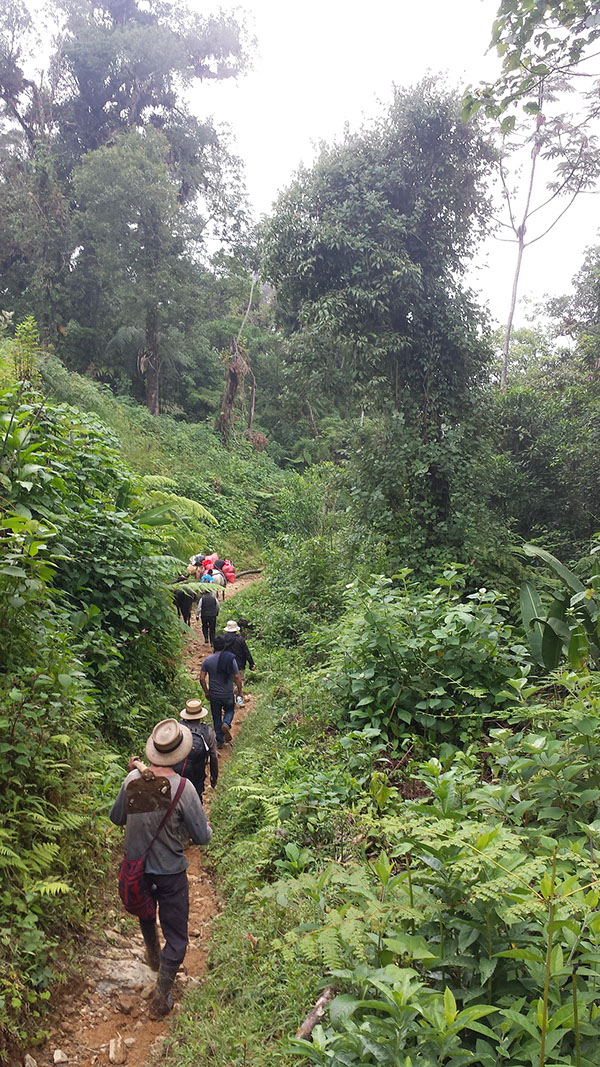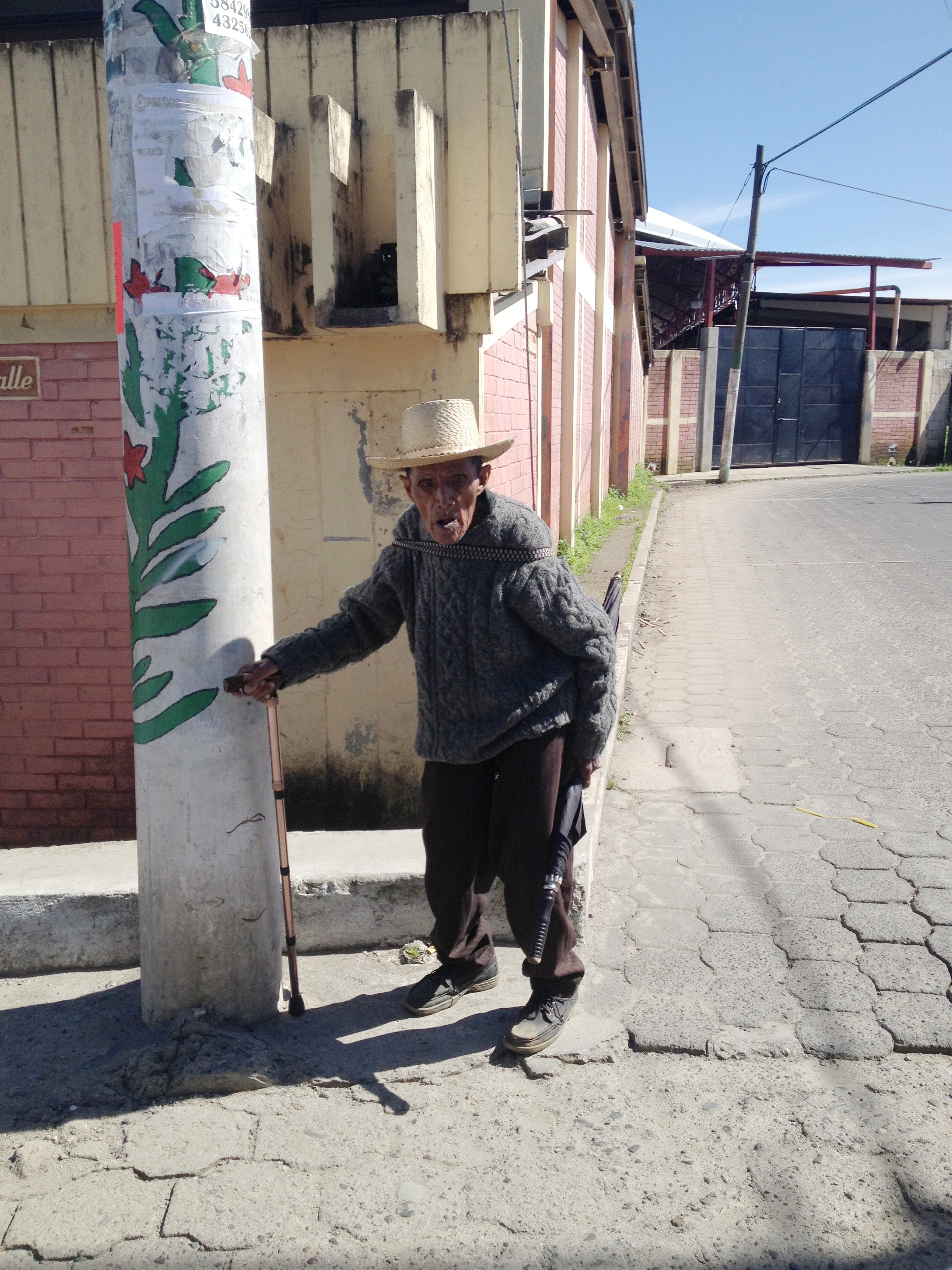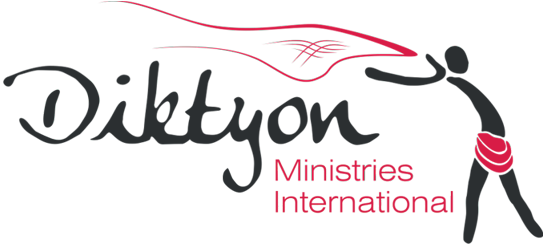
Guatemala’s reality
In the Central American republic of Guatemala, 70% of the population consists of indigenous Indians, having their own cultures, languages and costumes. In the Quiché province about 95% are Indian.
Guatemala has a rich natural features. In the north it has rainforests; in the center there is a mountain range with many volcanoes, several of which are still active. In the hot southern coastal area many tropical fruits like bananas, pineapples, coconuts and sugarcane grow.
From 1962 to 1996, a civil war raged. In particular the poor peasantry at that time was caught between the army and the guerrillas and had to flee regularly to hide themselves in the woods. Many lost their land and possessions. The memories of massacres are still fresh and the population has a lot of scars left over from the war.
The country is in great poverty and has the highest percentage of malnourished children in Central America. Poverty has many causes, of which the most prevalent are poor education and corruption.

Development
Especially among elderly, many people never went to school or only attended for a few years. Nowadays, more than 90% of children start elementary school but barely half of them finish. For example, they have to work on the land to help their families survive.
In principle, primary and secondary education is free at public schools. The children only have to pay for their uniforms and supplies (books, pens, craft supplies, etc.). However, the level of education is very low and motivation among teachers is minimal. A lot of lessons are canceled and teaching methods are based on memorization, not on "learning how to think". This is noticeable when we give Bible classes for adults: they want to hear the "right answers" because they are not used to having discussions about the pros and cons of something.
Unfortunately, corruption exists in all areas of society: national and local politics, the police (asking for bribes), schools (appropriate money intended for education, bribe teacher to get a sufficient grade) and even in the church. It is so "normal" that people often do not even wonder whether it is good or not.
Guatemala’s church
Catholics have been in Guatemala for 500 years. Evangelical-Protestant churches are present in Guatemala for the past 120 years. Especially in the 70s and 80s, the evangelical church grew very strong. A theologian named Israel Ortiz once said: "The gospel has flooded Guatemala like an ocean, but the ocean is only 2 inches deep." He pointed out that despite the high number of Christians; there is little depth and little impact on society. This is mainly due to the lack of Biblical knowledge.

Chichicastenango
Our hometown is Chulumal, a small village belonging to the town of Chichicastenango. Chichicastenango (abbreviated Chichi) is called the center of the Mayan religion. This is where the Popol Vuj is found, the sacred book of the Quiché-Mayas. Mayan rituals are still performed, both around the Catholic Church in the town’s center and at the place of sacrifice "Pascual Abaj". The Mayan religion is an animistic religion, that is, they worship nature. For example, if they want to make a road through the mountains they ask for permission from the mountain. If they do not, they say, the road will certainly be destroyed by mudslides.

